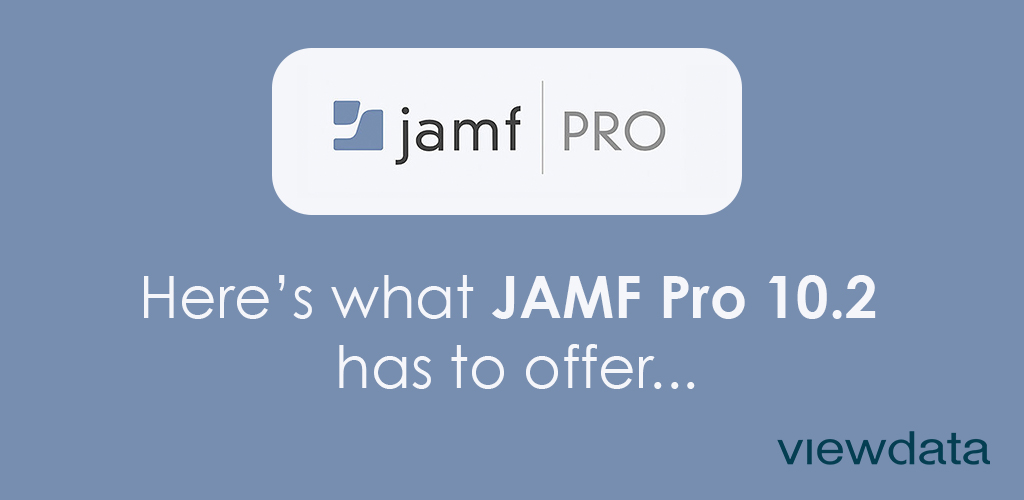


You can already enable the app if you want. Hence, leave it like this for now, we’ll come back to it later. Note: you will not be able to retrieve the password of the additional credentials after closing the popup. In order to configure the LDAP integration in Jamf Pro, you’ll need to generate additional credentials under “access credentials”. On the next screen you will be provided with the Google Cert which you’ll need for the Certificate Based Authentication. Important, for Jamf to be able to query group memberships, you must give it ‘Read group information’ privileges.
#Jamf pro cloud how to#
That said, let’s have a quick look at how to do things.įirst of all we need to set up the LDAP app in G Suite or Google Cloud Identity: In Google Admin, go to APPS – LDAP Give your LDAP app a name and description… and give the LDAP Client appropriate access level: entire domain or specific OU’s. This means that, in case you do want to integrate Google Secure LDAP into Jamf Pro, whether you are hosting your own Jamf Pro server or using JamfCloud, you will need an additional proxy server. Important to know, because the LDAP integration in Jamf Pro currently does not allow us to do so. If you look at the configuration guide for Google Secure LDAP, you'll see that it requires ' Certificate based Authentication'. Before I continue, I just want to highlight one important detail regarding the pre-reqs to integrate this feature in Jamf Pro. As I was too pre-occupied with macOS Mojave & Secure Tokens, I didn’t have the change to test it until now.īut to break away from testing token related deployments, I decided to have a look at this new LDAP integration today. Have a look at my new post regarding setting up Google Secure LDAP as a Cloud Identity Provider ! UPDATE 18th of December: got it to work JamfCloud! See bottom of post.Įarlier this year Jamf announced support for the new Google Secure LDAP service.


 0 kommentar(er)
0 kommentar(er)
